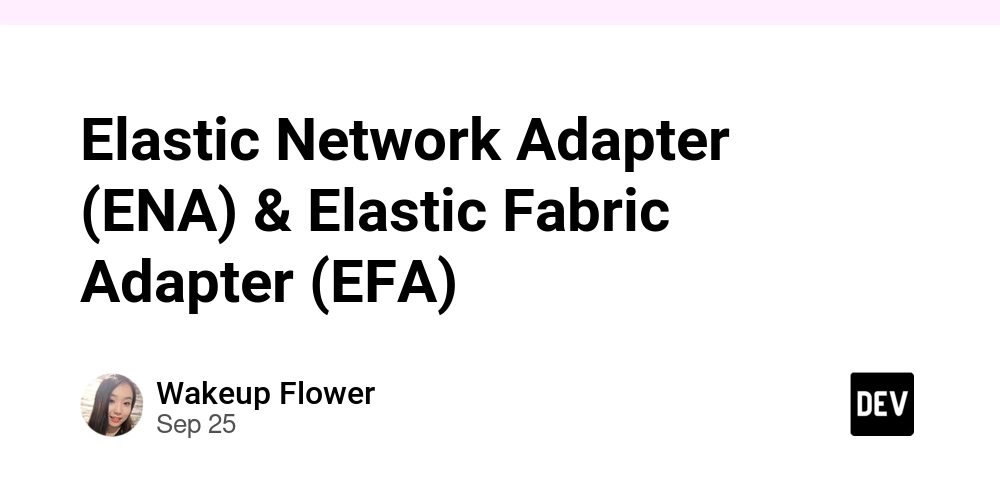Choosing networking options on EC2.
🚀 1. Elastic Network Adapter (ENA)
⚡ 2. Elastic Fabric Adapter (EFA)
🔑 Key Differences
| Feature | ENA | EFA |
|---|---|---|
| Protocol | TCP/IP stack | OS-bypass + MPI (via libfabric) |
| Latency | Low, but limited by TCP/IP | Ultra-low (microsecond-level) |
| Throughput | Up to 100 Gbps | Up to 100 Gbps (but optimized for small-message, HPC traffic) |
| Use cases | General apps, web servers, DBs, analytics | HPC, ML distributed training, tightly coupled workloads |
| Cluster scaling | Scales fine for throughput-heavy apps | Scales to thousands of nodes with consistent latency |
| Complexity | Easy — works out of the box | Requires HPC/ML apps built for MPI/libfabric |
✅ When to Use What
-
Use ENA if:
- You need general-purpose, high-bandwidth networking.
- Workloads are fine with TCP/IP latency (databases, streaming, web apps, microservices).
-
Use EFA if:
- You’re running HPC or distributed ML workloads that rely on MPI-style communication.
- Your workloads require very low latency and consistent communication between nodes.
- You want to scale workloads across thousands of EC2 instances efficiently.
👉 Quick analogy:
- ENA = highway built for moving lots of traffic fast (bulk data transfer).
- EFA = dedicated racing track for specialized cars (HPC/ML apps needing ultra-low latency).



